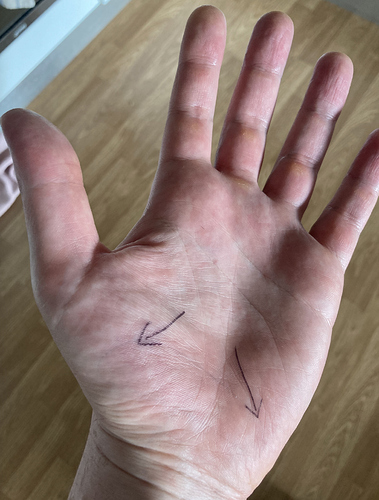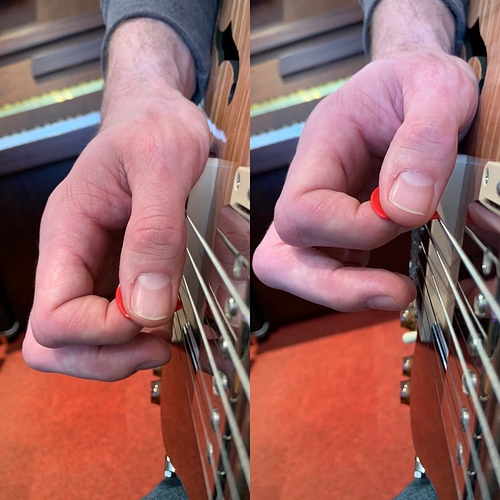Cool I’m glad you decided to focus on your strengths for a while  Cool vibrato as well \m/
Cool vibrato as well \m/
In particular, I think your DSX tremolo [first 5 secs or so] was very good.
In the examples with fretting, however, I get the impression that you are holding back - the motion is not nearly as smooth/fast as the initial tremolo example.
So if I you asked me some “homework” based on this latest video, I’d suggest to try and play some DSX licks [strictly only downstroke string changes] with the level of picking speed and smoothness shown in the first 5 secs of the video.
Maybe you can start with groupings of 2~4 strings to remove the string tracking variable, we can worry about that later.
As usual, don’t worry if the first attempts are a bit sloppy or unsynchronised. We’re looking for a “trying to ride a bike for the first time” kind of thing  I wouldn’t even use the metronome, it’s just a distraction at this stage.
I wouldn’t even use the metronome, it’s just a distraction at this stage.
Regarding the muting, I think you are right that your hand position is not suited for the pinky side muting thingy (technical term!) But you can probably get good results by using these contact points - I think that’s what Di Meola does with his “lightly supinated” setup, and that’s also what I used for muting when playing DSX:


![[Technique Critique Diary] #8 - 13th November 2020](https://img.youtube.com/vi/pQrBicB-Ytk/hqdefault.jpg)



 ) .
) .


